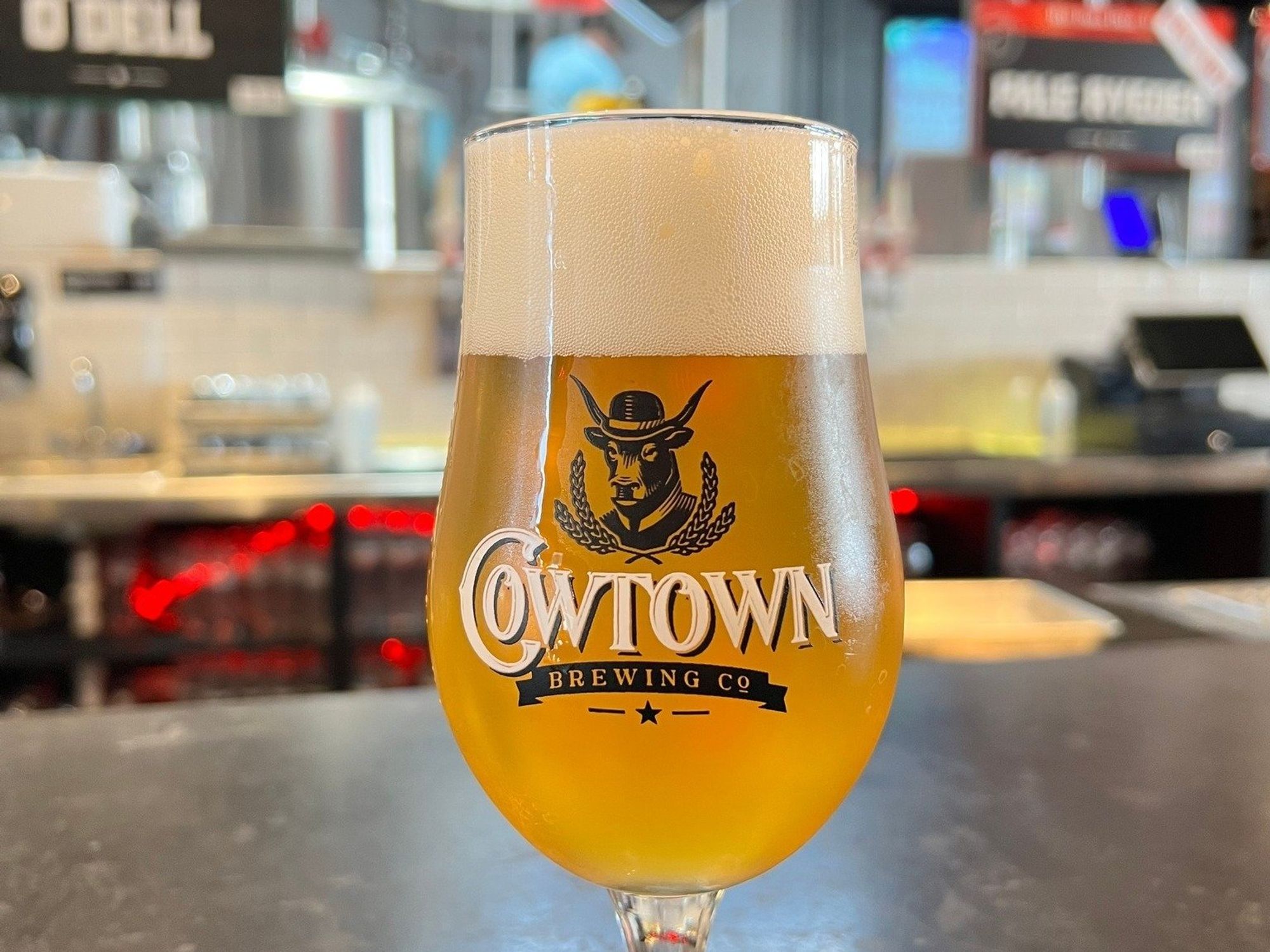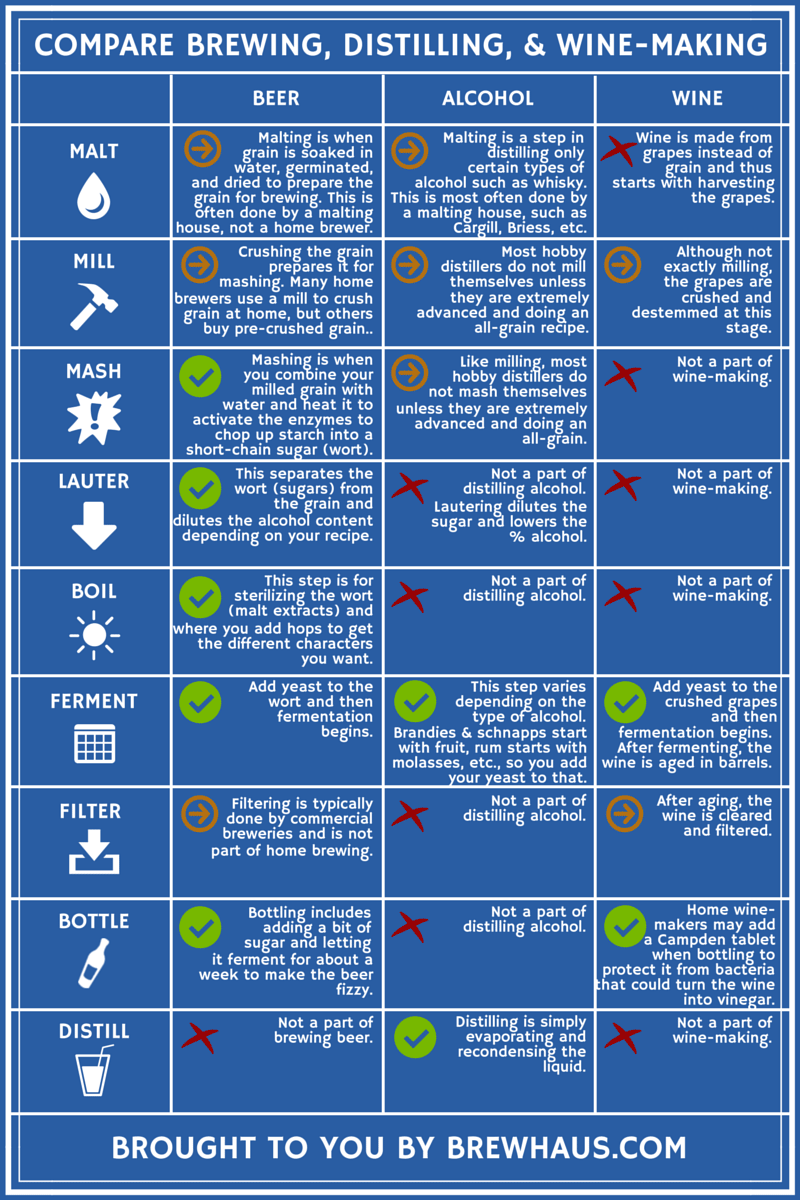Taste the Finest Galveston Whiskey: Neighborhood Distilleries and Special Choices
Taste the Finest Galveston Whiskey: Neighborhood Distilleries and Special Choices
Blog Article
The Ultimate Distillery Experience: From Grain to Glass, Every Little Thing You Required to Know
Embarking on a trip via the complexities of the distillery process unveils a globe where science fulfills creativity in the creation of spirits. From the careful choice of grains to the meticulous crafting of each bottle, every step in the production line plays an important function in forming the final product that graces our glasses.
The Art of Grain Option
Selecting the excellent grains is a vital step in the distillation procedure, determining the flavor account and top quality of the last item. The sort of grain selected substantially influences the personality of the spirit being generated - Seawall Bar. Typical grains used in purification consist of barley, corn, rye, and wheat, each imparting unique flavors and attributes to the end product

Beyond taste factors to consider, the top quality and pureness of the grains are extremely important. Distillers carefully source grains to ensure they are free from pollutants and possess the required starch web content for fermentation. By mastering the art of grain option, distillers lay the foundation for creating remarkable spirits that astound the taste buds.
Distillation Process Demystified
Having actually established the foundation with precise grain selection, the purification procedure becomes the transformative stage where the significance of the picked grains is opened and fine-tuned into a spirited type. Distillation is a methodical process that counts on the principle of dividing alcohol from a mix based upon differences in boiling points. Once the fermented mash is heated up in the still, the alcohol vaporizes at a lower temperature than water and various other compounds, permitting its removal. As the alcohol vapors pass and climb through the still, they condense back into fluid kind, leading to a greater proof extract. This distillate, also called the 'heart cut,' is the purest and most preferable part of the distillation run. Nonetheless, the procedure doesn't end there; several purification runs or additional steps such as maturing in barrels may even more improve the spirit, boosting its intricacy, flavor, and personality. Understanding the details of the distillation process is essential for generating high-quality spirits that mesmerize enthusiasts and aficionados alike.
Barrel Aging and Flavor Advancement
During the barrel aging process, spirits undertake a transformative trip as they engage with the wood, taking in nuanced flavors and developing an abundant complexity. The type of wood made use of, commonly oak, dramatically influences the last taste of the spirit. Oak barrels are preferred for their special properties that improve the flavor account. As spirits age in the barrels, they remove substances such as vanillin, lignin, and tannins from the wood, adding to the advancement of fragrances like vanilla, caramel, flavor, and also tips of toasted oak.
In addition, the aging procedure enables oxidation to occur, leading to more chain reaction that smooth the spirit and round out any kind of extreme edges. The porous nature of wood additionally enables the spirit to take a breath, promoting the assimilation of tastes with time. Relying on the duration of aging and ecological problems like temperature and moisture, spirits can obtain various qualities, from refined timber notes to deep, complicated tastes that make each batch distinct. Inevitably, barrel aging plays a crucial duty in forming the distinct preference profile of each spirit, supplying a sensorial trip for connoisseurs to enjoy.
Workmanship in Bottling and Labeling
As spirits reach their optimum taste accounts with barrel aging, the precise workmanship in classifying and bottling ends up being the following important action in offering a premium item to customers. The procedure of labeling and bottling is an important element of the total distillery experience, as it is the last touchpoint before the item reaches the hands of customers (Galveston Whiskey). Craftsmanship in bottling entails guaranteeing that each container is filled specifically with the spirit, thinking about variables such as consistency in fill levels and the prevention of any kind of impurities content going into the container

Tasting and Appreciating Great Spirits
To completely appreciate fine spirits, one must involve all the detects in a conscious and calculated tasting experience. When tasting penalty spirits, it is necessary to start by observing the spirit's appearance. Note the shade, quality, and viscosity of the fluid in the glass. Swirl the spirit gently to launch its fragrance. The nose is an important feeling in sampling spirits; take a moment to breathe in the complicated scents deeply. Next off, take a small sip and allow it remain on your taste buds. Take notice of the various tastes that unfold - from fruity and sweet notes to spicy or great smoky undertones. Consider the mouthfeel, keeping in mind if the spirit is smooth, creamy, or fiery. Swish the spirit in your mouth to totally experience its appearance and preference. Finally, swallow slowly and value the sticking around surface. Fine spirits typically leave a pleasurable aftertaste that can expose even more about the workmanship and quality of the beverage. By involving all your senses in this manner, you can absolutely appreciate and appreciate the complexities of great spirits.
Final Thought
To conclude, the distillery experience incorporates the complex art of grain selection, the specific distillation procedure, the transformative barrel aging, the careful craftsmanship in identifying and bottling, and the sophisticated method of sampling and valuing great spirits. Each action in the production process plays a crucial role in developing top notch spirits that astound the detects and delight connoisseurs worldwide.
The type of grain picked dramatically affects the see here personality of the spirit being generated. By grasping the art of grain choice, distillers lay the structure for producing phenomenal spirits that mesmerize the taste.

Report this page